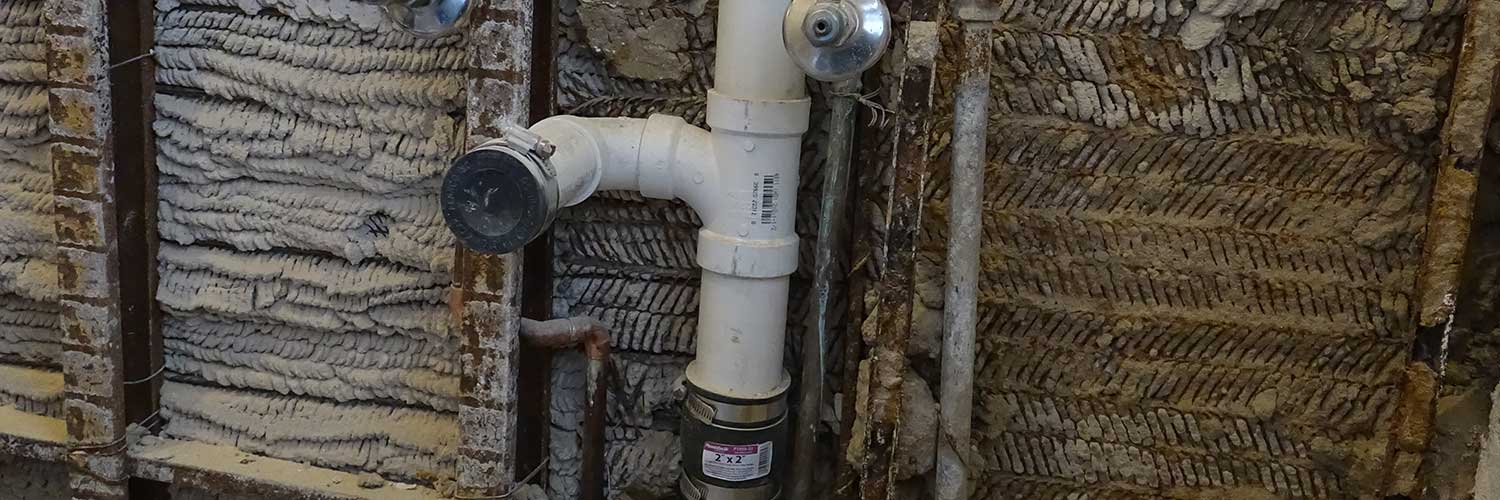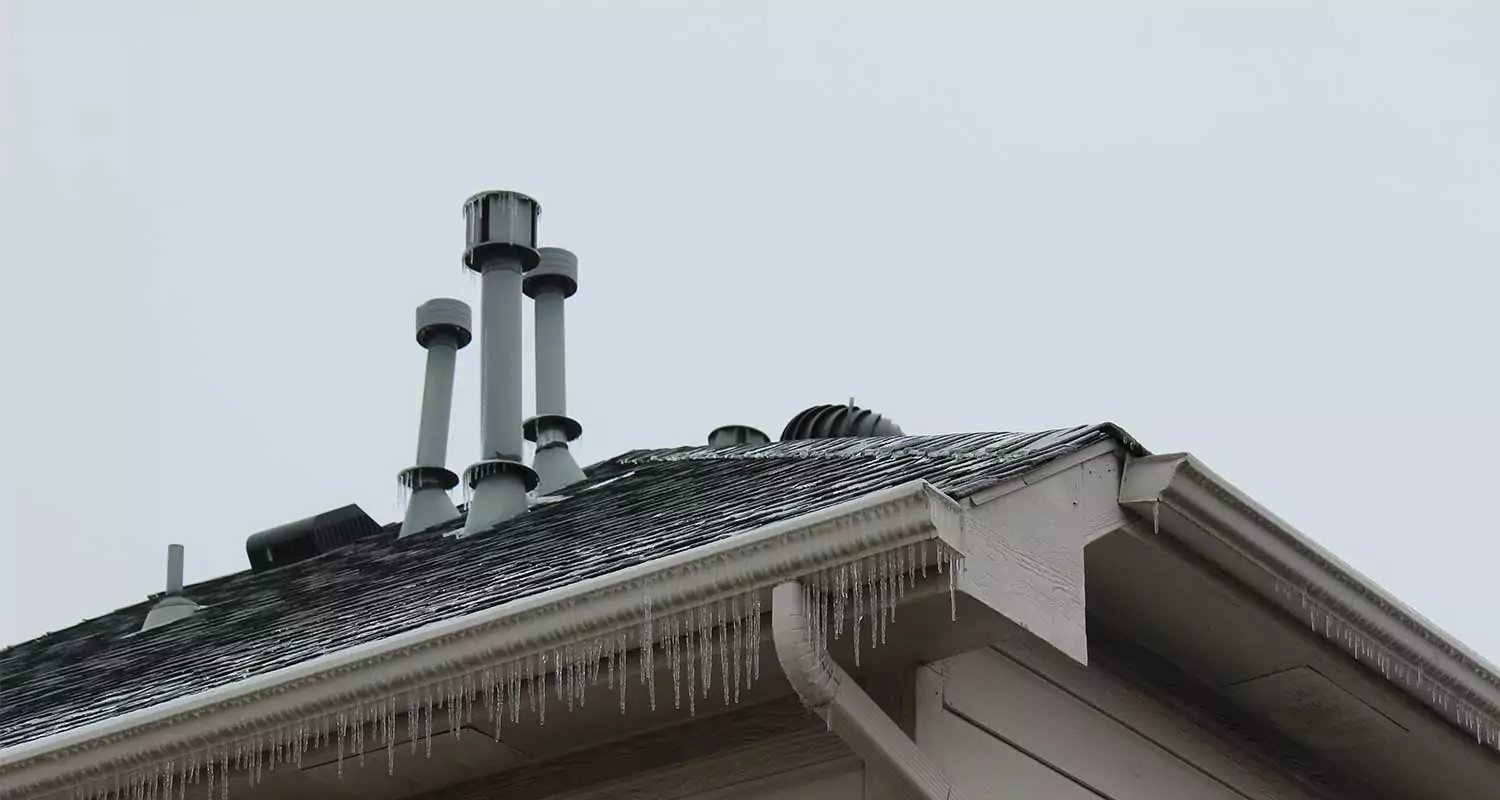Have you been confused, scratching your head and asking, What on Earth Is a Plumbing Stack?! Well, don’t feel bad – this term, while familiar in plumbing circles, often baffles non-plumbers. Perhaps it was mentioned during your home renovation plans or by your plumber when diagnosing drainage issues in your house.
Even those familiar with plumbing may find this stack somewhat of an enigma. So let’s throw open the curtains, let some light in, and gain an understanding of its contents . It should all make more sense after you’re done reading this article. Time for a plumbing adventure. Buckle up!
Plumbing Stack: A Layman’s Explanation
Imagine yourself standing atop of a tall building, with a paper plane in your hand and throwing it off, watching as it flies off into space.
This is similar to how a plumbing stack works, with wastewater serving as the paper plane. It spirals downward just like paper planes!
A plumbing stack serves an integral purpose in plumbing systems by acting as conduit for wastewater and gases from homes to sewer systems, keeping plumbing running efficiently and reliably.
The Imperative Role of Plumbing Stacks
“But do I really need a plumbing stack in my home?” you may be asking. The answer is an emphatic “yes.” It serves more than simply disposing of waste; rather it vents gas from this waste that might otherwise build up and affect the living environment.
As when opening a soda can, when gas escapes it hisses a lot like when venting systems do; similarly, your system must vent gases as part of its function; its plumbing stack serves this function for your plumbing system.
Materials used for Plumbing Stacks
Have you ever given thought to what material your plumbing stack, also known as its pipe leading through your house, is made of? Material plays an integral part in its durability and functionality.
Cast Iron as the Traditional Choice
This has long been considered the standard material for plumbing stacks due to its robustness and longevity; many older homes still boast cast iron stacks which have withstood heat, pressure and corrosion for many years now. Cast iron stacks have proven resilient against both these factors while still looking their best!
PVC: The Modern Shift
PVC (Polyvinyl Chloride) has become increasingly popular for plumbing stacks due to its lightweight material, easy installation process and resistance against corrosion. Furthermore, PVC costs less than cast iron construction materials making it a go-to choice in modern construction projects.
ABS as an Alternative Option
ABS (Acrylonitrile Butadiene Styrene). Like PVC, ABS offers lightweight insulation with corrosion-resistance qualities and relatively easy installation; however, its use is much less prevalent compared to PVC or cast iron materials.
Remember, choosing the material for your plumbing stack will impact its longevity and performance, so consulting a professional plumbing company to help make an informed decision that suits the needs of your home.
Shedding Light on the Plumbing Vent Stack: An Integral Component

Plumbing terminology and components vary. One such term you might come across is “vent stack.”
What Is a Plumbing Vent Stack/Vent Pipe?
But what exactly is a vent stack? Simply put, plumbing vent stacks (commonly known as vent pipes) play an essential part in regulating air pressure within your plumbing system allowing for smooth, efficient drainage systems.
Understanding Plumbing Vent Pipes
Have you ever noticed why drinking your milkshake through a straw doesn’t cause overflow? Air can easily move in and out, maintaining an equilibrium in terms of pressure. A plumbing vent pipe works similarly by allowing air into its system in order to balance pressure levels and allow wastewater drainage properly.
Why it is essential to maintain proper care for the vent pipe of your plumbing system
Without properly functioning vent pipes, you may experience slower draining in your sinks, tubs or toilets due to reduced airflow preventing the smooth passage of water through your pipes. Without adequate airflow it becomes harder for water to move along smoothly through them and can clog them more readily than usual.
Additionally, vent pipes help dispel sewer gases outside your home to keep the indoor air cleaner and prevent build-up of potentially dangerous gases.
Plumbing Vent Pipe Maintenance
Like any part of your home’s infrastructure, the plumbing vent pipe requires routine inspection to avoid blockages caused by bird nests, leaves or snow and ice in colder climates. Routine inspection can identify problems early and help protect against them before any issues arise that require costly repairs.
At its core, plumbing vent pipes play a pivotal role in maintaining the overall functionality of your home’s system. Ignoring their maintenance could result in bigger, costlier issues in the future if left untouched – be sure to give this aspect of home maintenance the attention it requires!
Recognizing When it’s Time for a Plumbing Stack Replacement
Noticing when it’s time to replace your stack is vitally important. Much like other parts of the house, plumbing stacks wear down over time – knowing when and why to replace one can save both you and the plumber an enormous headache later down the line.
What signs should you look out for? For instance, you should keep an eye out for any persistent sewer-like smells or slow drainage from sinks, tubs and toilets which might indicate your stack is experiencing issues. Here are a few warning indicators homeowners can be wary of:
1. Persistent Unpleasant Odor
If your house starts smelling like sewer gas, this could be a telltale sign that your stack needs repairs. Your stack’s role includes venting gases away from your home – when this doesn’t occur effectively, unpleasant odors may fill up your entire living space and pervade throughout.
2. Slow Drainage
Sinks, tubs or toilets that drain more slowly could signal that something is amiss with your stack system. Slow drainage could indicate there is something blocking up its passage that prevents waste water from moving efficiently through it – leading to reduced wastewater output as a result of blockages obstructing waste flow.
3. Frequent Backups Experiences
frequent backups could indicate there may be something amiss with the plumbing stack; perhaps due to cracks or obstructions within it causing wastewater backflow into your home instead of going away as intended.
4. Unusual Gurgles
Any strange sounds coming from your drains or toilets could indicate something isn’t flowing smoothly with your plumbing stack – that could indicate air isn’t properly moving through it and that may mean your stack requires repairs or replacement.
5. Water Damage
Visible signs of water damage in your home could indicate that there’s a leaking plumbing stack causing serious structural problems; should this occur it would be wise to consult an expert immediately as soon as it appears.
Monitor these warning signs closely can help ensure the overall health and longevity of your plumbing system. Should any appear, have it assessed immediately by an experienced professional as soon as possible to address them promptly.
Here’s the warning signs in a simple comparison table:
| Warning Sign | Description | Possible Consequences |
|---|---|---|
| Persistent Unpleasant Odor | A strong, sewer-like smell could indicate an issue with your stack venting gases away from your home. | Failure to address this could lead to a pervasive unpleasant smell throughout your home. |
| Slow Drainage | Sinks, tubs, or toilets that drain slowly may be a sign of a blockage in your plumbing stack. | If left unaddressed, this could lead to reduced wastewater output and even potential backups. |
| Frequent Backups | Regular backups could indicate obstructions or cracks within the plumbing stack causing wastewater backflow into your home. | If ignored, this could lead to serious hygiene issues and potential water damage in your home. |
| Unusual Gurgles | Strange gurgling sounds from drains or toilets could indicate an issue with air flow through your plumbing stack. | If not remedied, this could disrupt the normal function of your plumbing system, leading to further issues. |
| Water Damage | Visible water damage could point to a leaking plumbing stack that could cause serious structural problems. | Left unchecked, this could cause significant damage to your home and may necessitate costly repairs. |
How Long a Plumbing Stack Will Last
A plumbing stack’s lifespan depends on its construction material; for instance, cast-iron could last between 50 to 100 years with proper care and maintenance. But just because your plumbing stack may still seem young doesn’t mean any potential issues should be ignored; regular inspections can go a long way toward avoiding expensive repairs down the line.
Final Thoughts
So there you have it; your plumbing stack may seem complex at first, but it’s really just another part of your house that works quietly behind-the-scenes to ensure a comfortable living environment for you and your family. Remember that having regular professional maintenance for this part can save costly damages while creating a healthier living space for all!
Understanding the purpose and function of plumbing stacks is just as crucial as knowing when and why to replace them, so when someone asks “What is a plumbing stack?” you’ll have an answer ready.
Frequently Asked Questions
Does a Plumbing Stack Have to Go Through the Roof?
Plumbing stacks typically extend through the roof to safely vent wastewater gases out of your home and away from windows and air conditioning units, while also helping regulate air pressure within its plumbing system.
How Do I Know if My Plumbing Stack is Clogged?
Signs of clogged plumbing stack can include unusual gurgling noises, slow drainage and foul sewer-like smells in your home. In extreme cases, regular backups in one or more plumbing fixtures might even occur – should this occur, it would be wise to contact a professional immediately for inspection and diagnosis.
How Long Does a Plumbing Stack Last?
A plumbing stack’s lifespan often depends on its material of construction. For instance, one made of cast iron can last 50-100 years with proper care and attention to any potential problems that might arise. But regardless of its material, proper care can significantly extend its lifespan over time.
